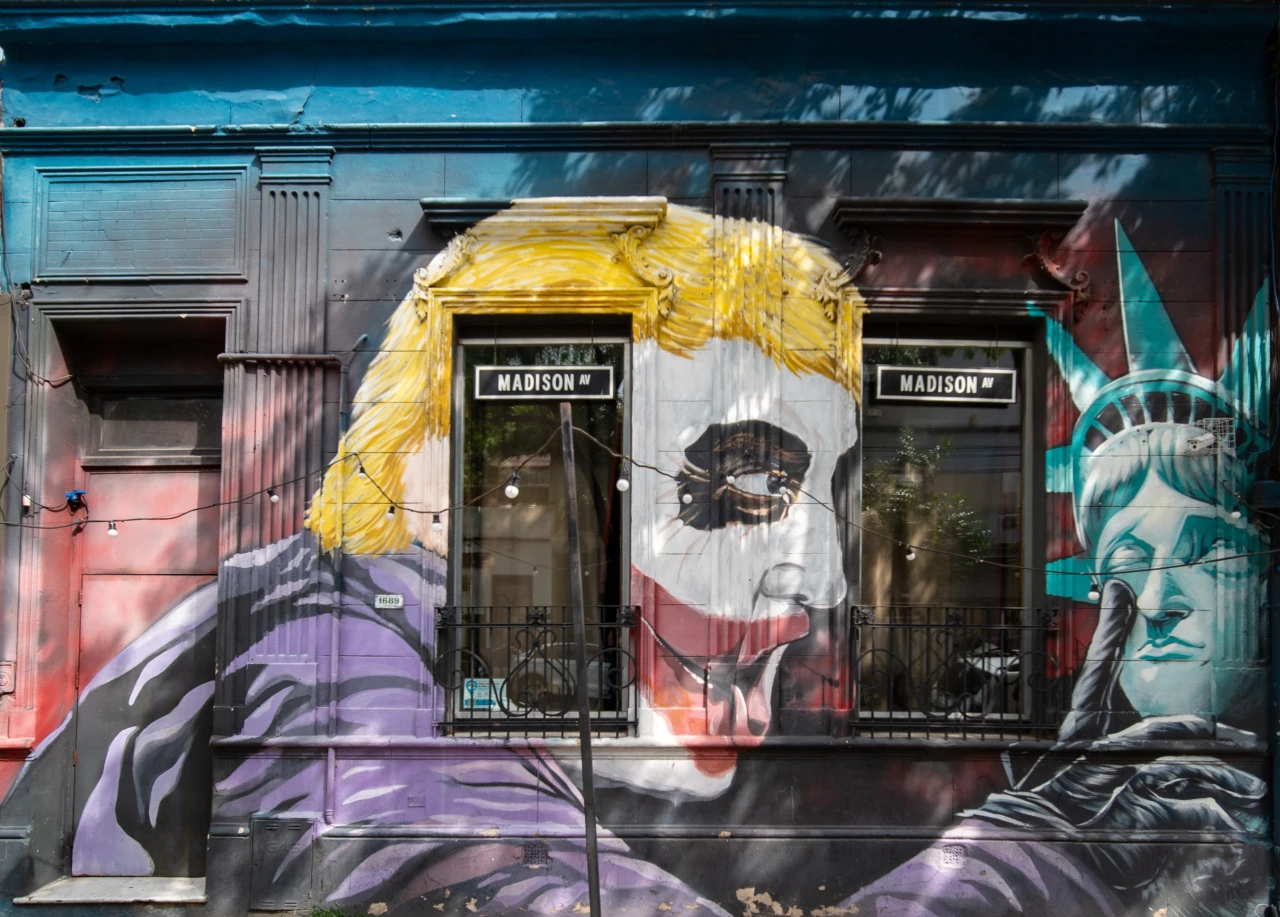Republicans didn't just sit down to a how-to-coup PowerPoint, they put their sedition in writing
On Tuesday, another aspect of Donald Trump’s attempted coup emerged with the news that Republicans in multiple states forged election documents in an attempt to replace legitimate electors with a slate of Trump supporters. Those documents, first obtained by watchdog group American Oversight, have been sent both to the House select committee on Jan. 6 and state attorneys general.
Not only did Trump supporters create fake electoral certificates in Georgia, Arizona, Michigan, Pennsylvania, Wisconsin, Nevada, and New Mexico, in some cases those certificates were stamped with official state seals. The documents purport to be from the chairs of each state’s electoral college, and to carry the official tally of electoral votes for each state. They were sent via registered mail to the National Archives.
These documents were part of the scheme—details of which are still being uncovered—through which Trump intended to overturn the outcome of the 2020 election and declare himself the winner. By forwarding these documents, Trump and his supporters hoped to create a claim that election results in states won by President Joe Biden were actually “in dispute” even though no evidence of voter fraud has been found.
In the process they created explicit evidence of very real fraud, and an obvious conspiracy to interfere in the outcome of an election.
As Michigan Live reports, falsified documents in that state were signed by 16 Republican leaders, including the co-chair of the Michigan Republican Party. Those documents claimed to be signed at the Michigan Capitol. They were actually created and signed at the Michigan Republican Party headquarters in Lansing. Copies of the documents, along with associated emails, have been forwarded to the House select committee on Jan. 6. The Michigan Attorney General’s office also announced that the documents are under examination as part of an ongoing investigation.
In Arizona, Trump supporters actually sent two sets of false papers to the National Archives. As CNN reports, one of these false certificates was even stamped with the official state seal. “They used this fake seal to make it look official, which is not a legal activity,” said Arizona Secretary of State Katie Hobbs.
All of this—fake certificates with false information purporting to be the official state results while deliberately misrepresenting the outcome of the election—may seem to be a slam-dunk for some kind of crime. But it’s not exactly sure what that crime might be.
When it comes to the Michigan Republicans, a University of Michigan law professor is recorded as saying that “Republicans who signed the unofficial documents are unlikely to face criminal charges.” Instead, he says they “ought to be condemned for the ‘shameful’ attempt.” However, shame is not an emotion that seems to have played much of a role in Republican actions for some time.
CNN also seems to agree that legal actions are unlikely, calling the series of forgeries “an elaborate public relations stunt.” Which is a fairly incredible statement considering that two paragraphs earlier, the same article noted that this was “an integral part of the ill-fated plan conceived by Trump allies to usurp power on January 6.”
The fact that a coup attempt failed doesn’t magically transform it into a publicity stunt.
Leading up to the insurgency on Jan. 6, 2021, Trump spent months building animus and outrage with an unending series of lies about the outcome of the 2020 election. In support of these lies, Trump also conducted a very public campaign of outrageous legal claims, where a team led by Rudy Giuliani and Sidney Powell constantly took to the airwaves to broadcast bizarre lies about voting machines, poll workers, election security, and long-dead South American dictators.
That Trump’s lies led directly to the violent assault on the Capitol was clear. What was less clear at the time was that the effort to agitate his supporters, and the constant filing of suits and claims, were the tip of a sedition iceberg. That’s because at the same time he was urging his MAGA hat-wearing supporters toward insurrection, Trump was engaged in an extensive coup plot that involved attempts to strong-arm local officials, enlist state legislators, subvert the Department of Justice, and instruct Republicans in Congress on how they could support the end of American democracy. That plot included a series of memos from Trump attorneys creating a false legal pretext for the coup and a PowerPoint briefing for Republicans in Congress filling them in on next steps.
The fake electoral certificates were a key part of this effort. They were the props Republicans were to turn to—the bloody shirt to be waved—as “proof” that the election remained undecided. As such they played a central role in a conspiracy to interfere with counting the electoral votes in a U.S. election.
The penalty for interfering in tallying the outcome of an election can range from one year to five years in prison. In addition, in December a federal District Court judge made a ruling as part of a Jan. 6 case that any effort to halt the counting of electoral votes can be considered a crime, even if that action didn’t involve violence. In that ruling, Judge Dabney Friedrich determined that “the certificates of electoral results are akin to records or documents that are produced during judicial proceedings.” That makes knowingly attempting to halt the counting of the electoral votes an act of “morally corrupt” obstruction.
That doesn’t mean any of this will be taken up by the Department of Justice, even if a referral for a criminal indictment emerges from the select committee. However, fake certificates with false information and forged official seals is the kind of evidence that will fit right in to larger cases of fraud and obstruction of Congress.

